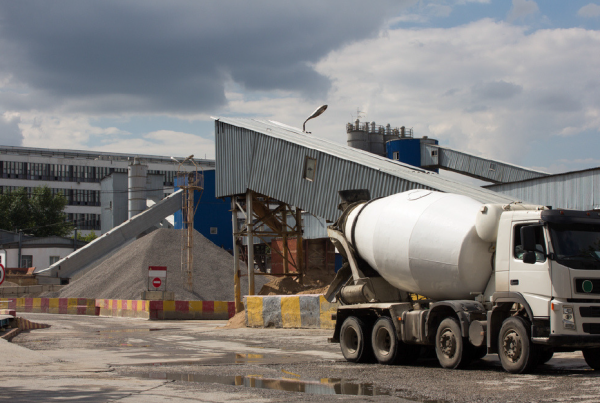The Problem
A Cement plant is energy intensive both in terms of thermal and electrical energy, and generally, more than 40% of production cost is accounted by the cost of energy.
Coal is the main fuel used in a cement plant and it is used in several stages of production, including to fire the kilns and to dry the slag and clinker.
The total electricity consumption for 1-year on average for a cement plant is 6000 GWh of power and 35,500,000 Gcal of heat for a total of 5 Mt production, in which mill drives and large fans are major consumers of electrical energy.
The overall break-up of energy consumption in a typical cement factory is shown below:

Energy cost is not an established expense; it fluctuates significantly with energy demand and supply. To identify the optimum production point, it is critical to obtain an energy utilization forecast. It can play a vital role in energy savings as the assessment and evaluation of production-energy scenarios are very crucial.
For any energy efficient practices, energy benchmarking is of vital importance. Without proper energy relevant data, i.e. the energy utilization of individual processes in the cement factory, it is highly improbable to perform an energy benchmark.
The Solution
In a cement industry, it can be quite a daunting for the system maintenance person to measure energy data of every meter manually. For such circumstances, it is of vital importance to have an energy management system. marc.energy is a very effective solution as it is an energy management system; which focuses on accurate data acquisition, energy monitoring, and platform independent data analysis. marc.energy has the precision of the alarming system in the form of emails if any working system needs attention.
With an extensive energy management system, energy utilization forecast can be achieved. Benchmarking can be easily done with organized report system provided by marc.energy. Assessment and evaluation of significant production scenarios can be easily established with marc.energy.
Features
- Monitor electrical & process parameters – The user can see parameters like efficiency, power factor, unbalance, neutral current, surface temperature etc. as well as see their threshold values and the actual observed values.
- Provide suggestions – To improve the parameters like power factor, unbalance, neutral current, surface temperature etc. which in turn will improve efficiency, the marc.energy provides suggestions for the same.
- Insight Tests trend and Health status
- Key Industry Benchmarks – Key Industry Benchmarks for each test and comparison with personal best.
- Recommendation – Recommendation for improvement and ROI for the return to personal best.
- Projected/Predicted efficiency – Predicted efficiency over the next 3 months.
Schematic of a proposed solution:

The Benefits
- Correlation between energy & quality is obtained
- Increases productivity, overall efficiency, and improves quality
- Safe, reliable, easy to use and cost effective solution
- Energy benchmarking
- Identification of marginal energy points
- Remote access, the asset owner can evaluate the status of the equipment without dispatching an engineer to the site, saving both valuable time and resources. Compared to traditional methods, which are performed onsite, it gives the asset owner access to real-time condition monitoring, even from remote locations.
- Assessment and evaluation of the significant production scenarios in the different cases are possible.


